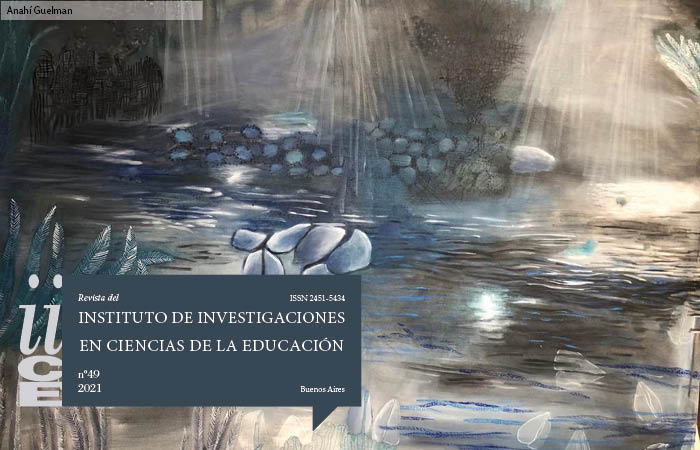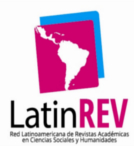Between the segregated classroom, the gluttonous dolls and the made-up faces. An essay about gendered representations of “the girl”
Abstract
In this article we are interested in emphasizing the generic-sexed dimension that childhood has had and still has. For this, we will propose some reflections that gravitate between the contributions of pedagogy, philosophy and the history of education, to problematize the ways in which culture represents gender norms through different images. It is an exercise in reviewing how socializing agencies (such as the family, the school and the market) print on the generic-sexual dimension of children's identities. We will stop at three images from different eras, but which are united in this generic-sexual construction of identities, particularly those that represent and/or challenge girls and the construction of femininity. The first image is a classroom of a unisexual girls’ school in the late 1930s; the second refers to the advertising of the doll “Grasita” dating from the mid-1960s; and finally, much more recently, a third image, made up of a series of advertising photographs, which appeared in the fashion magazine Vogue in 2011. Through these representations of childhood, we will break down the argument that modern pedagogical discourse, as well as advertising and the market, have turned out to be strong interpellation agencies for the formation of children’s consciences and bodies, alluding to messages and scripts genderized and sexualized, which they attribute to “natural” traits to the supposed differences between the two —and only two— sexes: this is the attribution of a gender identity according to the biological condition (man = male/woman = female).Downloads
Download data is not yet available.
Published
2021-01-01
How to Cite
Zemaitis, S. (2021). Between the segregated classroom, the gluttonous dolls and the made-up faces. An essay about gendered representations of “the girl”. Revista Del IICE, (49), 107-122. Retrieved from http://revistascientificas.filo.uba.ar/index.php/iice/article/view/10451
Issue
Section
Dossier: Infancias y educación











